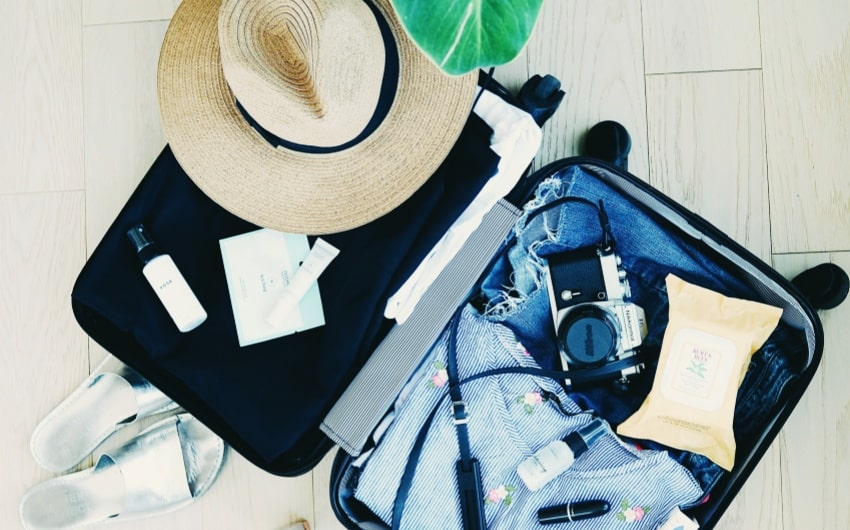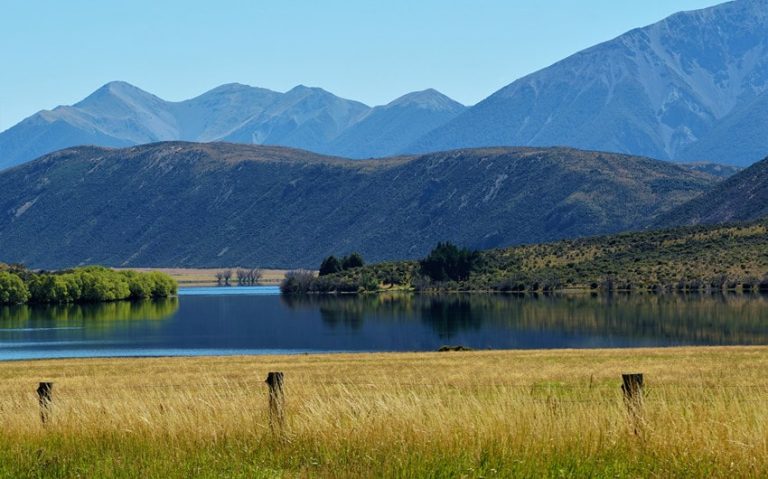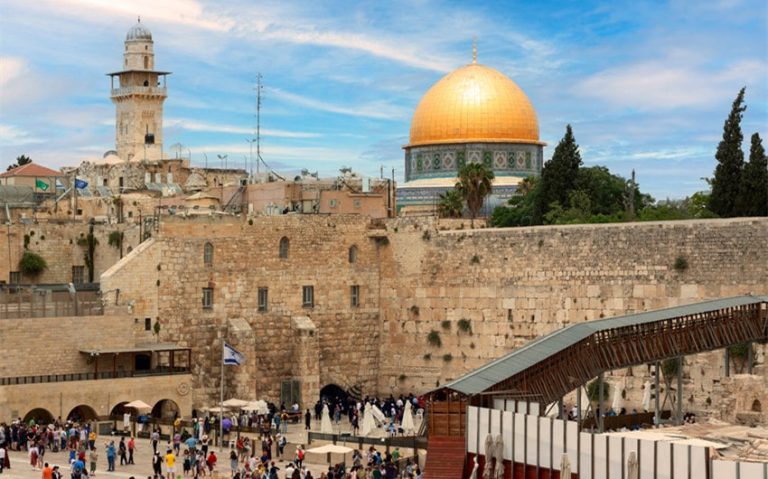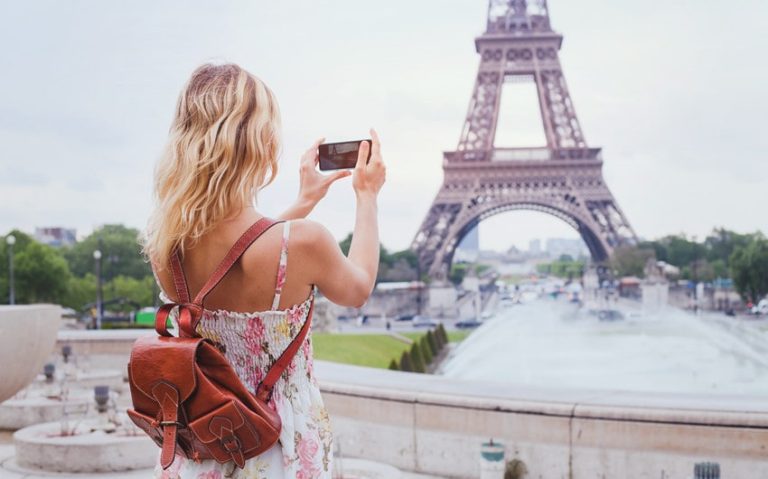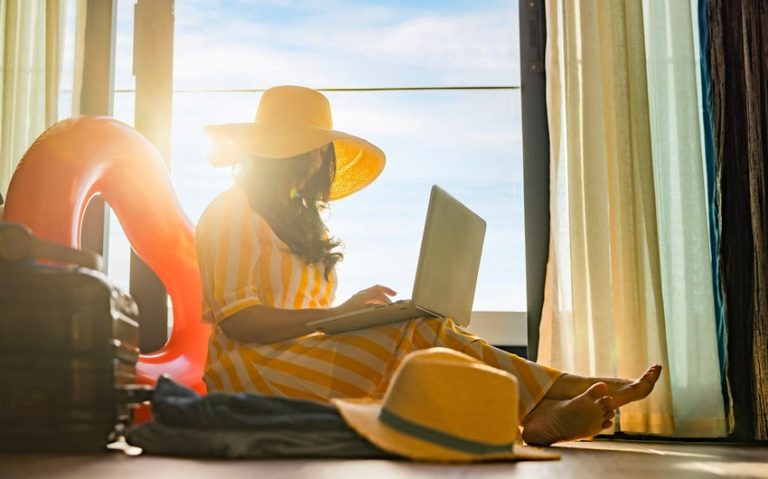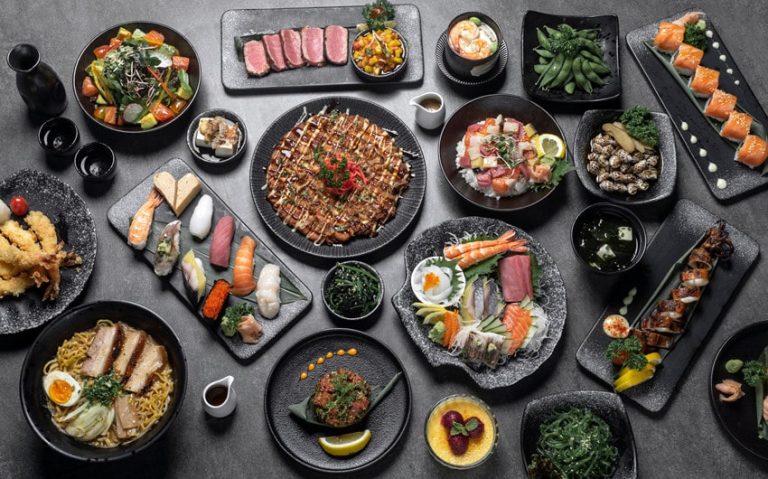Preparing for a week-long trip can often be a balancing act between overpacking and underpacking. To ensure you hit the sweet spot, it’s crucial to have a reliable guide. This is where our meticulously curated ‘What to Pack for a Week Long Trip Checklist’ comes in handy.
It’s designed to help you pack efficiently, covering everything from clothing to gadgets, ensuring you’re well-equipped for your journey without the burden of unnecessary items.
Basics of Packing
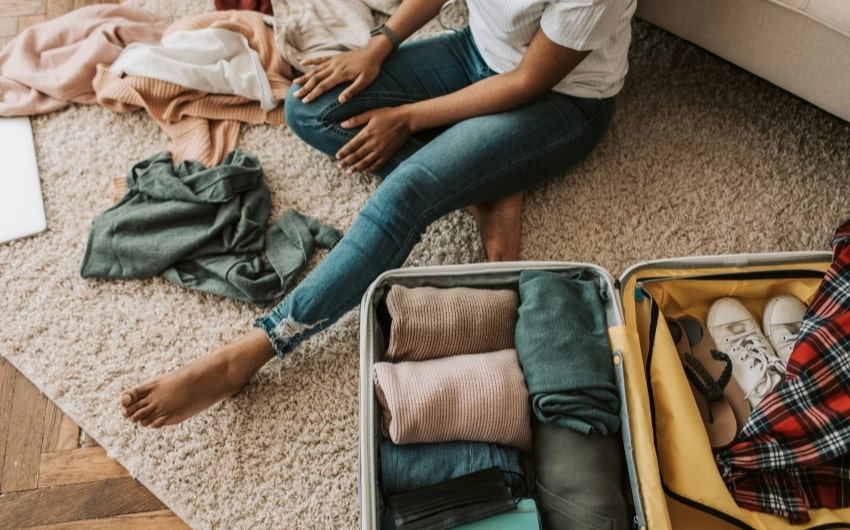
Packing for a week-long trip requires thoughtful consideration and strategic planning. The core principle is to keep your luggage light and manageable while ensuring you have all the essentials. Here are the key aspects to focus on:
1. Trip Type
Identify the nature of your journey. Is it for leisure, business, adventure, or a combination? This initial step will shape your entire packing approach, influencing everything from the type of clothing to the gadgets you’ll need.
2. Weather Forecast
Before you start packing, check the weather forecast for your destination. This information is crucial as it directly impacts your choice of apparel and accessories. Knowing whether to expect sun, rain, or cold temperatures will guide you in selecting appropriate clothing.
3. Luggage Selection
Choose the right type of luggage based on your destination, mode of transportation, and activities planned. A suitcase might be ideal for a business trip or if you’re staying in one place, while a backpack could be more suitable for an adventure trip with multiple destinations. Consider factors like size, durability, and ease of transport.
4. Packing Method
How you pack can greatly affect how much you can fit into your luggage. Familiarize yourself with different packing techniques such as rolling clothes to save space or using packing cubes for organization. The goal is to maximize space while keeping your belongings accessible and in good condition.
5. List Creation
Start with a packing list. This is a critical step to ensure you don’t forget anything important. Your list should be customized based on the specific details of your trip. It helps to categorize items into groups such as clothing, toiletries, electronics, and documents.
6. Space and Weight Considerations
Be mindful of airline luggage restrictions or the practicality of carrying your luggage. It’s essential to strike a balance between what you need and what you can comfortably carry or transport, especially if you’ll be moving around a lot.
By focusing on these basics of packing, you’ll set a solid foundation for a well-prepared and stress-free travel experience. The next sections will delve into the specifics of what items to include in your packing list, categorized for easy reference.
Clothing and Accessories
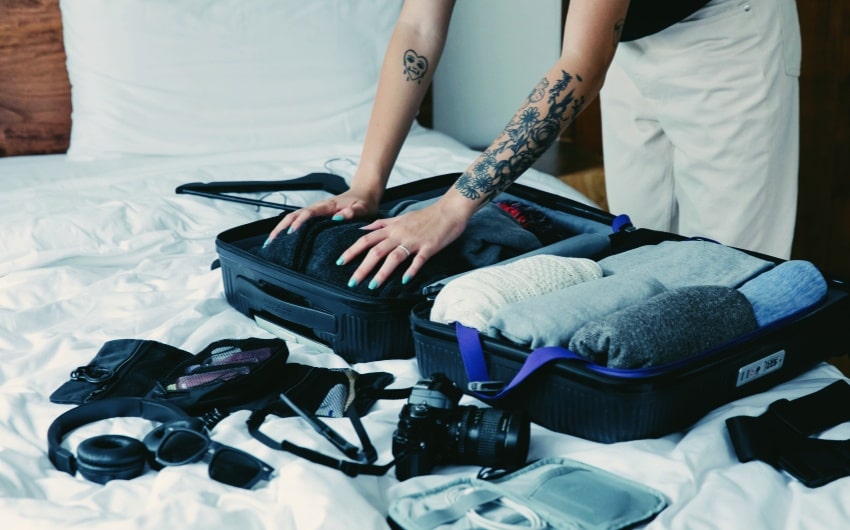
Packing the right clothing and accessories is crucial for a comfortable and enjoyable week-long trip. The key is versatility and adaptability, ensuring you’re prepared for various activities and weather conditions without overpacking. Here’s how to approach this:
1. Versatile Clothing Choices
Opt for pieces that can be mixed and matched to create multiple outfits. Neutral colors often work best as they can be easily paired with each other. Include a mix of casual and slightly formal wear, so you’re ready for any occasion.
2. Layering
Depending on your destination, layering can be an effective way to adapt to changing temperatures. Pack a combination of light and warm layers, such as t-shirts, long-sleeve shirts, sweaters, and a lightweight jacket. This approach allows you to add or remove layers as needed.
3. Outfit Count
As a general rule, pack enough outfits to last the entire trip without relying on laundry facilities, but also don’t overpack. For a week-long trip, around 7 tops and 3-4 bottoms often suffice, allowing for mixing and matching.
4. Special Occasion Wear
Include at least one outfit suitable for special occasions, whether it’s a nice dinner, a business meeting, or a cultural event. This could be a dress, a skirt, or a pair of dress pants with a coordinating top.
5. Footwear
Footwear should be practical and comfortable. Include a pair of sturdy walking shoes for day-to-day activities, a pair of dress shoes for formal occasions, and, if applicable, sandals or flip-flops for more casual or beach settings.
6. Undergarments and Socks
Pack enough for each day of the trip, plus a couple of extras. Consider the activities you’ll be doing; you might need specific types like sports socks or thermal underwear.
7. Sleepwear
Include comfortable sleepwear suitable for the climate of your destination.
8. Accessories
These can include items like belts, hats, scarves, and jewelry. Accessories are a great way to change the look of an outfit without taking up much space. Sunglasses are also a must for sunny destinations.
9. Swimwear and Exercise Gear
If your trip involves swimming or working out, don’t forget to pack appropriate attire.
10. Weather-Specific Items
Depending on your destination, pack weather-appropriate items like a raincoat, umbrella, gloves, or a hat for sun protection.
Remember, the goal is to pack efficiently – enough to have choices, but not so much that your luggage becomes cumbersome. Each item should serve a purpose and ideally, be suitable for multiple uses or occasions.
Toiletries and Personal Items
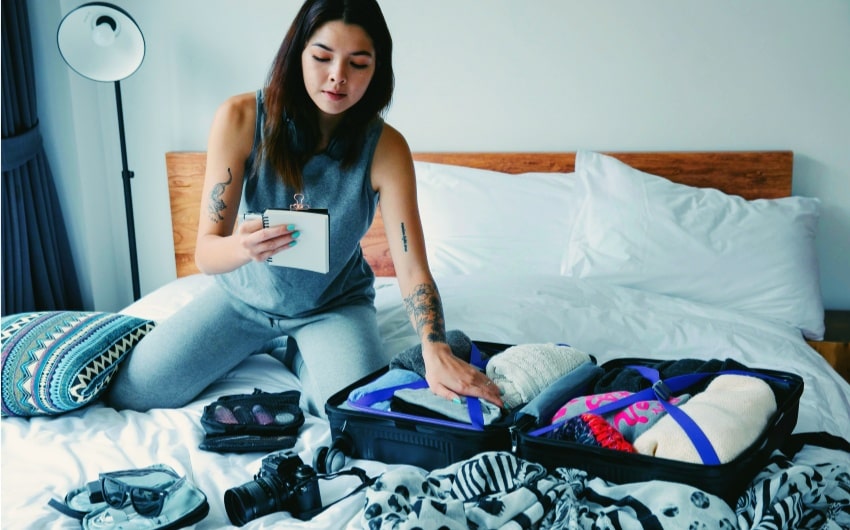
Packing the right toiletries and personal items is essential for maintaining your hygiene and comfort during your trip. It’s important to balance necessity with practicality, especially considering travel and security restrictions. Here’s how to approach packing these items:
1. Basic Toiletries
- Dental Care: Toothbrush, toothpaste, dental floss, and mouthwash. Opt for travel-sized versions to save space.
- Hair Care: Shampoo, conditioner, comb or brush, and hair styling products if needed. Again, travel-sized bottles are advisable.
- Body Care: Body wash or soap, deodorant, and a small loofah or washcloth.
- Skin Care: Face cleanser, moisturizer, sunscreen, and any specific skincare products you regularly use.
- Shaving Supplies: Razor, shaving cream or gel, and aftershave.
2. Travel-Size Containers
If your favorite products don’t come in travel sizes, invest in reusable travel-size containers. This not only saves space but also ensures you adhere to airport security regulations for carry-on liquids.
3. First Aid Kit
Pack a small kit with essentials like band-aids, antiseptic wipes, pain relievers, any allergy medications you might need, and blister plasters if you plan on a lot of walking.
4. Prescription Medications
Bring enough of any prescription medications for the duration of your trip, along with a copy of the prescription and a note from your doctor, if necessary. Always keep these in your carry-on luggage.
5. Personal Hygiene Products
This includes menstrual products for women, contraceptives, and any other personal hygiene items you regularly use.
6. Makeup and Cosmetic Items
Keep it minimal – focus on multi-use products like a tinted moisturizer with SPF, a lip and cheek stain, and a compact eye and brow palette.
7. Nail Care
A nail clipper and a small file can be very handy.
8. Miscellaneous Items
Depending on your needs, consider packing items like contact lens solution and case, glasses, earplugs, and sleep masks.
When packing toiletries and personal items, the goal is to bring what you need without overpacking. Be mindful of the liquid restrictions for carry-on luggage if you are flying, and always place these items in an accessible part of your luggage for ease during security checks. Packing these items in a waterproof bag or pouch can prevent spills and keep your luggage organized.
Electronics and Gadgets
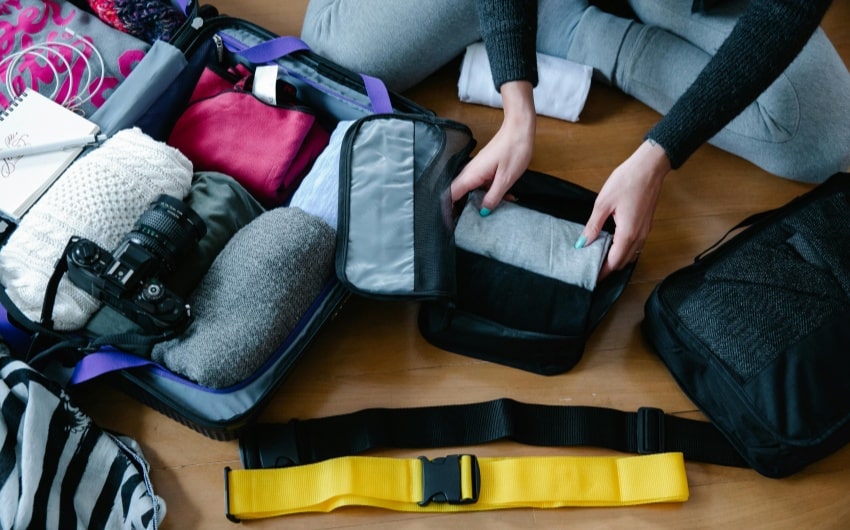
In today’s connected world, electronics and gadgets have become travel essentials. However, it’s important to pack smartly to avoid carrying unnecessary devices.
- Phone and Charger: Your smartphone is likely your most essential gadget. Don’t forget the charger, and consider a portable power bank for extra battery life.
- Adapters and Converters: If traveling internationally, bring the appropriate adapters and voltage converters for your devices.
- Camera Equipment: If you’re planning to take photos beyond what your phone can capture, pack a camera along with necessary accessories like memory cards and a charger.
- Entertainment Devices: For long journeys, an e-reader, tablet, or portable gaming device can be a great source of entertainment. Remember their chargers or cables.
- Travel Apps: Before you leave, download any travel apps that might be useful, such as maps, translation apps, or local guides.
- Headphones or Earbuds: These are essential for entertainment, especially in transit. Noise-cancelling headphones can be particularly useful.
Remember, the key is to bring only what you will use. Every gadget should serve a purpose and enhance your travel experience, not burden it.
Important Documents and Money

Carrying the right documents and managing money wisely are crucial aspects of any trip. Here’s what to consider:
- Passport/ID and Visas: Ensure your passport is valid and bring any necessary visas for your destination. Carry a photocopy or digital copy as a backup.
- Travel Insurance: Have your travel insurance documents handy, either in physical or digital form, for easy access.
- Itinerary and Reservations: Keep a copy of your travel itinerary, hotel bookings, flight tickets, and any tour reservations.
- Credit Cards and Cash: Bring a credit card and a debit card. It’s also wise to have a small amount of local currency for immediate expenses upon arrival, like transport or food.
- Money Pouch: Consider using a money pouch or a hidden wallet for added security against theft.
- Emergency Contacts: Carry a list of emergency contacts, including numbers for your country’s embassy or consulate in your destination.
Keeping these documents organized and secure is essential. Use a dedicated travel wallet or organizer to keep everything in one place and easily accessible.
Miscellaneous Items
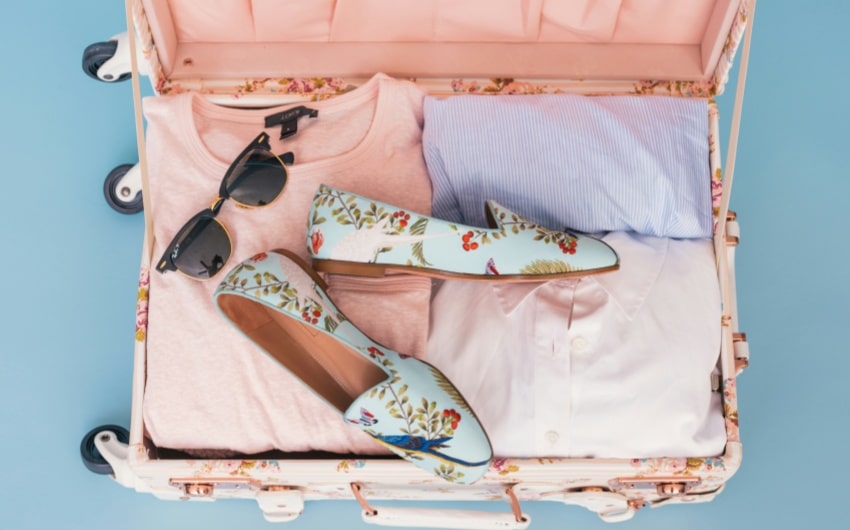
Certain additional items, while not essential, can significantly enhance your travel comfort and convenience. Here are some miscellaneous items to consider:
- Travel Pillow and Eye Mask: For better rest during flights or long journeys.
- Earplugs: Useful in noisy environments like airplanes or busy city hotels.
- Reusable Water Bottle: Stay hydrated while exploring and reduce plastic waste.
- Snacks: Pack some non-perishable snacks for quick energy boosts.
- Books or Travel Guides: For entertainment and local insights.
- Laundry Bag: To keep dirty clothes separate from clean ones.
- Portable Stain Remover: Handy for quick fixes to clothing spills or stains.
These items, while not strictly necessary, can greatly improve the quality and ease of your travel experience.
Tips for Packing Efficiently
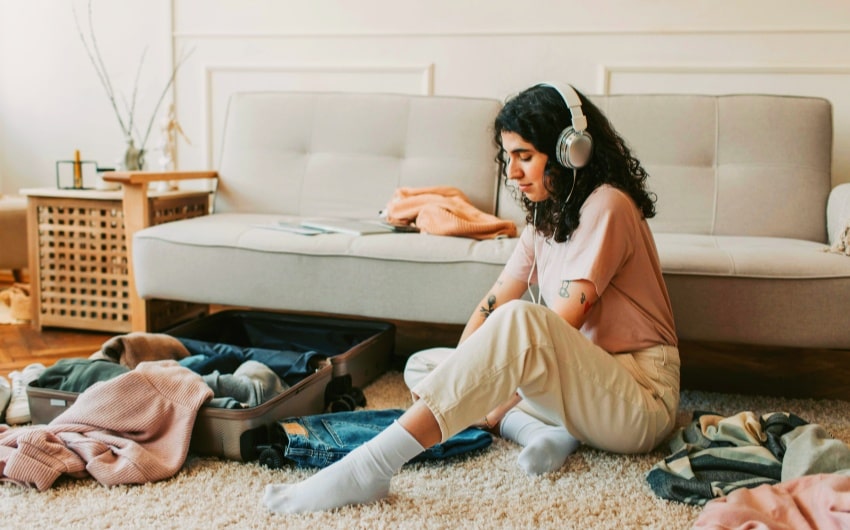
Efficient packing not only saves you time and stress but also helps to avoid extra baggage fees and makes it easier to move around. Here are some tips to pack smartly:
- Start with a List: Create a packing list in advance. This helps to ensure you don’t forget anything important and prevents overpacking.
- Roll Your Clothes: Rolling clothes instead of folding them can save space and reduce wrinkles. It also makes it easier to see and access your items.
- Use Packing Cubes: Packing cubes are great for organizing your belongings and maximizing space. They help to keep similar items together and make unpacking easier.
- Wear Your Bulkiest Items: To save space in your luggage, wear your heaviest shoes and bulkiest jacket during travel.
- Limit Shoes: Shoes can take up a lot of space. Limit yourself to two or three pairs that are versatile and appropriate for your activities.
- Fill Dead Space: Utilize the space inside shoes and corners of your luggage for small items like socks, underwear, or chargers.
- Check Airline Restrictions: Be aware of your airline’s baggage policy to avoid any last-minute surprises or fees.
- Leave Some Space: If you plan to shop or bring back souvenirs, leave a little extra space in your luggage.
- Review and Reduce: Once you’ve packed everything on your list, review it and remove anything that isn’t absolutely necessary.
Remember, the key to efficient packing is to keep it simple and focus on what you really need. With these tips, you can make the most of your luggage space and enjoy a more organized travel experience.
Conclusion
With this comprehensive ‘What to Pack for a Week Long Trip Checklist,’ you’re now equipped to tackle the packing process with confidence and ease. Remember, the key is to tailor this list to your personal needs and the specifics of your trip. Happy travels!

